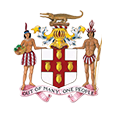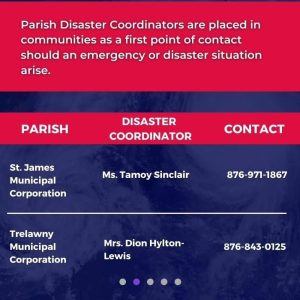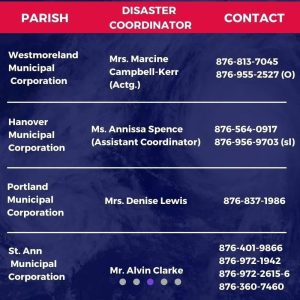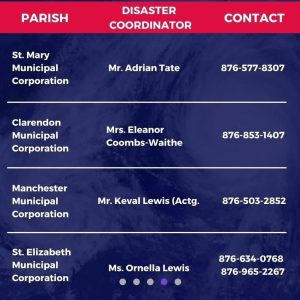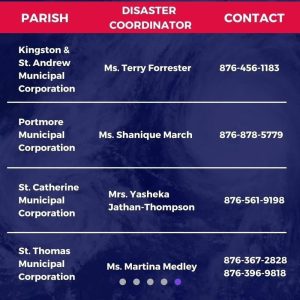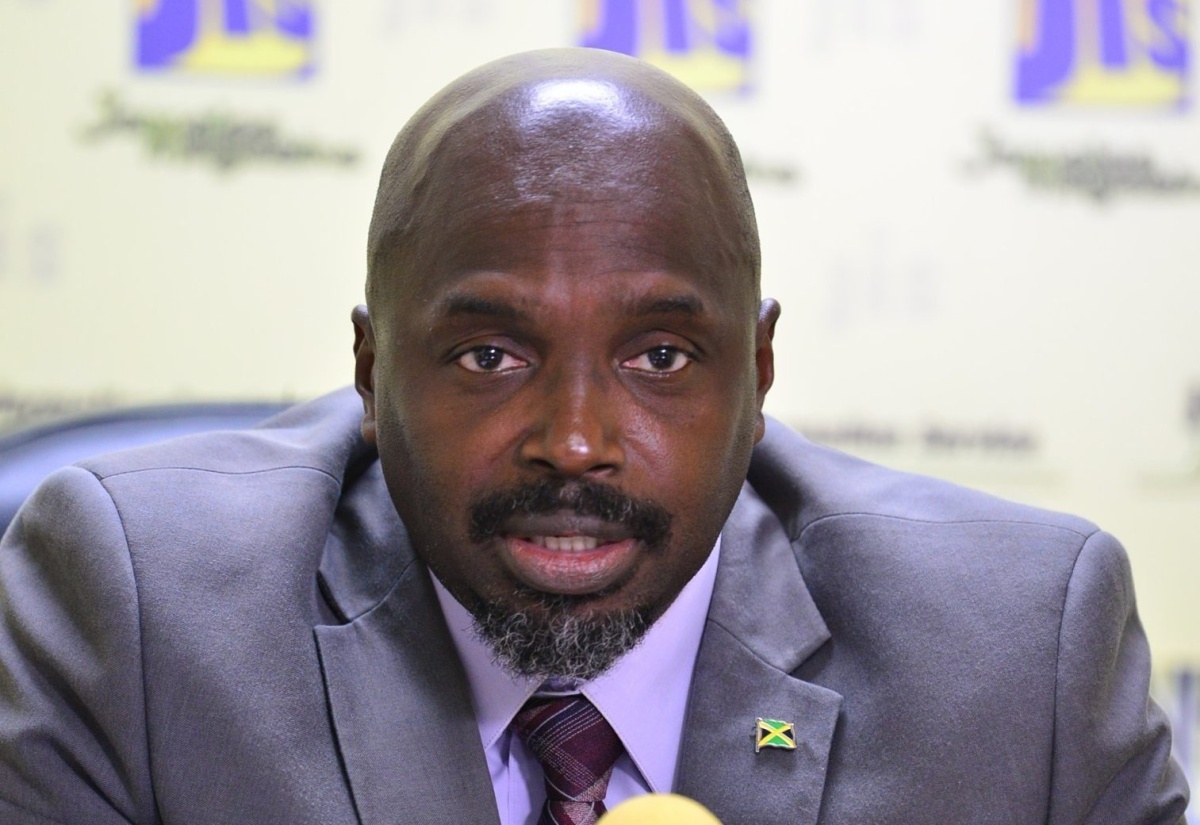
JAMAICA’S EARTHQUAKE/TSUNAMI RESPONSE REMAINS ROBUST
KINGSTON, February 11 (JIS):
The Office of Disaster Preparedness and Emergency Management (ODPEM), says Jamaica’s tsunami response protocol was triggered at the weekend. However, it said data supplied by the Pacific Tsunami Warning Center did not indicate a threat that warranted the issuance of a tsunami watch or warning.
The tsunami response protocol followed an earthquake with a magnitude of 7.6 at a depth of 10 kilometres (6.21 miles), which occurred some 209 kilometres SSW of George Town, Cayman Islands, on Saturday (February 8).
There was concern that the quake would trigger a tsunami – which is a wave generated after a coastal earthquake.
Speaking to JIS News, Acting Director General at ODPEM, Richard Thompson, explained that any earthquake that takes place at sea has the potential to create waves that can be destructive if they hit the shoreline.
He noted that there are three types of tsunamis – localised, regional and distant.
“A localised tsunami would be one that the earthquake happened within our territorial waters, and it was large enough to generate a tsunami wave. For a regional tsunami, it would be a tsunami caused by an earthquake within the region, like within the Caribbean or within the Americas.
“And then you have tsunamis that are further afield, that can happen within the international space but are large enough to generate a tsunami wave that might affect areas outside of that geographic space,” he said.
Mr. Thompson explained that the type of tsunami anticipated determines the response from the ODPEM.
He noted that regional/distant tsunamis, which usually take hours to reach a country’s shoreline require a different response from a localised tsunami, which could see impact occurring within minutes of the earthquake that triggered it.
In a situation where there is the possibility that the island could be impacted by a regional tsunami, such as the case on February 8, the Acting Director General indicated that there are four levels in the national response protocol.
The first level involves the notification of relevant governmental stakeholders through a bulletin.
“Once we picked up the information from the Pacific Tsunami Warning Center that there’s an earthquake in the region and that it has the potential to create a tsunami, the notification went out straight away to all the players in the process,” Mr. Thompson said.
“So, within that notification process, you’d have the ODPEM within its capacity at the National Tsunami Warning Centre and the head of the National Emergency Operations Centre (NEOC). You have the Meteorological Service of Jamaica, which is the national focal point for tsunami warnings, the Jamaica Constabulary Force (JCF), the local authorities, the port authorities, fisheries, the Ministries of Local Government and Health, and other agencies,” he noted further.
The second level in the process is the issuance of a tsunami advisory, followed by a tsunami watch, and finally, a tsunami warning.
The public would be notified at level 3 when the data from the Pacific Tsunami Warning Center confirms that a tsunami was, in fact, generated.
“So, the notification on Saturday, those tsunami messages that we were getting, there was no information that a tsunami had been generated. The data indicated that an earthquake had happened and there was a possibility that it could generate a tsunami,” Mr. Thompson stressed.
He explained further that the authority with the responsibility to issue a tsunami warning for Jamaica is the ODPEM in conjunction with the Meteorological Service and supported by the JCF, after the assessment of data provided by the Pacific Tsunami Warning Center.
Mr. Thompson also noted that an all-clear bulletin was issued in keeping with the protocols once the possibility of a tsunami no longer existed.
“We take our messages from the Pacific Tsunami Warning Center and those come in the form of bulletins. The Center takes their data from tidal gauges that are in the ocean all over the world. The tidal gauges can give you real-time information. The Center processes data and then they send the information to each member state in the form of a tsunami bulletin. It is now the responsibility of the member state to process that bulletin based on the information that is given, to determine how best you respond,” he explained.
“So, they (the Pacific Tsunami Warning Center) don’t give a warning… and no other country can give a warning for a particular country,” he added.
The Acting Director General stressed that had it been warranted, the ODPEM would have issued a tsunami watch and subsequent warning, accompanied by evacuation notices and other relevant safety tips to citizens.
“We understand that the public always wants information, but if the situation does not reach the level where a tsunami has been generated, then there is really no need for a public advisory,” he added.
-30-
CONTACT: DONIQUE WESTON

